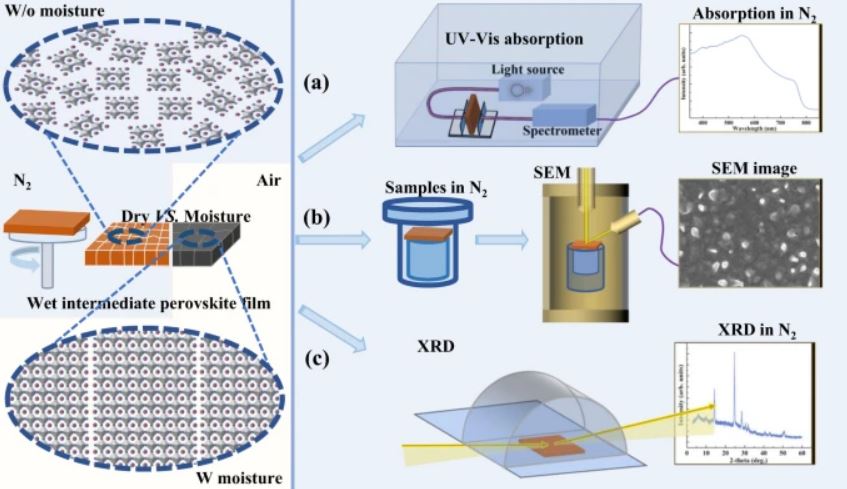https://www.pv-magazine.com/2022/08/31/solar-driven-multigeneration-system-for-hydrogen-electricity-heat/
Solar-driven multigeneration system for hydrogen, electricity, heat

Diagram of PEM electrolyzer cell and the basic principles of operation.
Image: Davidlfritz, Wikimedia Commons
A research group led by the Islamic Azad University in Iran has designed a poly-generation system for the production of electricity, heat and green hydrogen. It reportedly has an exergy efficiency of 16.24%.
“Our system combines photovoltaic-thermal (PVT) modules with organic Rankine cycle (ORC), a proton exchange membrane (PEM) electrolyzer, and liquefied natural gas (LNG),” researcher Ehsanolah Assareh told pv magazine. “It is able to supply electrical and thermal powers, hydrogen, and oxygen.”
The system was designed with PVT collectors, hot and cold storage tanks, and two pumps. Water is used as a working fluid for the PVT panels. Excess heat from the PV layer is stored by an absorber plate and glass wool reduces the heat loss from the absorber plate and tubes.
The hot water is then sent to the hot tank while the hot liquid is pumped to the ORC unit, which uses propane as a working fluid. The ORC's saturated fluid generates then power in the turbine.
“Once the fluid has exited the evaporator, it enters the turbine and expands to generate mechanical work,” the scientists explained. “The mechanical energy generated propels an electric generator coupled to the turbine, producing electrical power. Finally, the fluid from the turbine exit is transferred to the condenser, where it is rejected as heat.”
The fluid then exits the turbine and is transferred to the condenser and the cold energy of LNG is used as a heat sink.
“Reduced pressure in the organic Rankine cycle (ORC) and increased ORC output power are two advantages of using LNG cold energy recovery technology. The temperature of LNG is relatively low,” the researchers stated. “A pump is used to compress LNG to high pressure. The pressurized LNG is fed into the condenser to condense the exhaust vapor from the ORC turbine and is subsequently vaporized into natural gas (NG) in a heat exchanger. When superheated NG enters an LNG turbine, the enthalpy drop is increased, and more electrical power is generated.”
Popular content
In the proposed system configuration, the electrolyzer takes power to produce hydrogen from the ORC turbine, while oxygen intended for medical applications is produced via the LNG turbine.
The Iranian group used artificial intelligence (AI) tools as the non-dominated sorting genetic algorithm (NSGA-II) and the technique for order of preference by similarity to ideal solution (TOPSIS) to assess the economical viability of the system. They found that the ideal system has an exergy efficiency of 16.24%, a cost rate of $4.48/h, and a net electrical power of 33.32 kW.
“The findings reveal that in Tehran, Dubai, Paris, and London, the most critical monthly electrical power generated by PVT collectors is 9,390 kWh, 8,666 kWh, 7,050 kWh, and 7,040 kWh,” the scientists said. “In addition, the maximum monthly hydrogen production for the locations is 62 kg, 75 kg, 17 kg, and 14 kg, respectively.”
They described the system in “Innovative integrated solar powered polygeneration system for green Hydrogen, Oxygen, electricity and heat production,” which was recently published in Energy Conversion and Management. The research team includes scientists from the University of Sharjah in the UAE, the Aalborg University in Denmark, and the Université de Monastir in Tunisia.
“Future research could focus on designing and optimizing the suggested integrated energy system to provide the building’s heating, cooling, and electrical loads and load of hydrogen vehicles,” they concluded. “Moreover, an experimental study of the proposed polygeneration is recommended.”
This content is protected by copyright and may not be reused. If you want to cooperate with us and would like to reuse some of our content, please contact: editors@pv-magazine.com.




